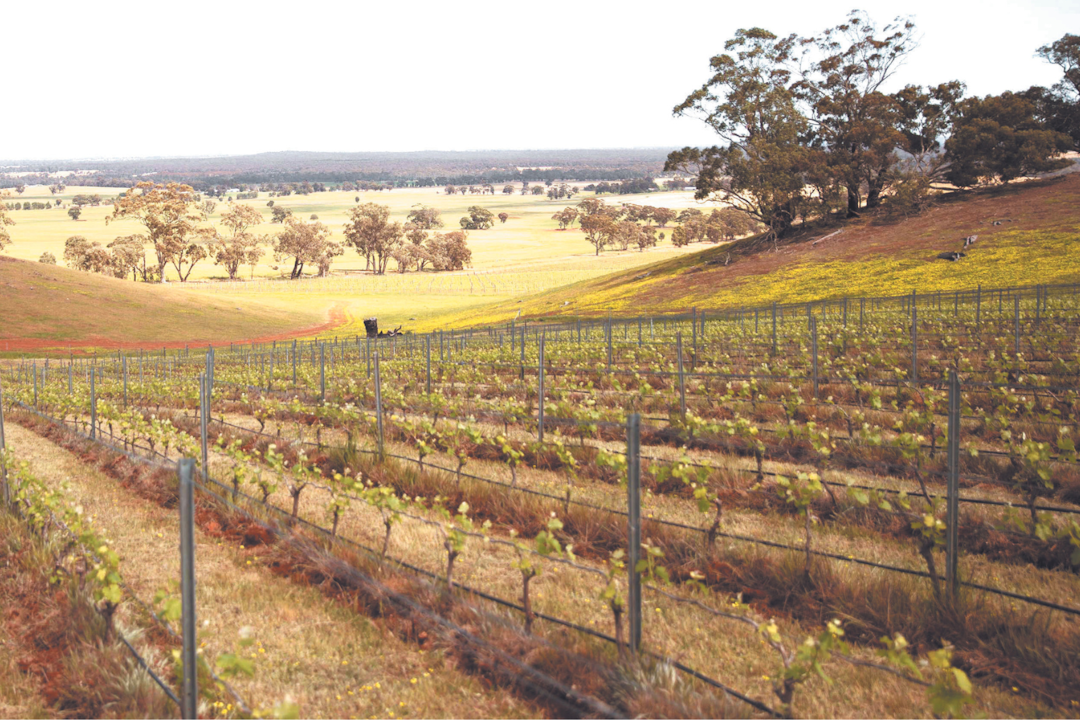Infrastructure priorities for the regions
Key findings to inform Victoria’s infrastructure strategy 2021-2051
In this research report, we present findings and recommendations from our 3-year research program exploring the unique opportunities and challenges facing Victoria's 9 regions.
Two frameworks provide a new and structured approach to prioritising potential infrastructure solutions to specifc regional challenges and opportunities. These are: comparative advantage and addressing regional advantage.
To build our knowledge, we engaged with stakeholders and communities across Barwon, Central Highlands, Gippsland,Goulburn, Great South Coast, Loddon Campaspe, Mallee, Ovens Murray and Wimmera Southern Mallee.
Key findings
- Industries in regional Victoria need reliable and efficient road and rail freight networks.
- Digital connectivity is critical to regional Victoria’s economic development. This will break down barriers of cost and distance and open new opportunities for businesses.
- Water security is essential for the region’s agricultural industries. With climate change this is more important than ever.
- Victoria’s coast is a key economic asset. It is vulnerable to climate change with some areas already deteriorating.
- The COVID-19 pandemic and 2020 bushfires had a significant impact on the regions.
- The regions need better access to enabling infrastructure. This will support future growth opportunities outside of regional centres.
- It is difficult for people in regional Victoria to access public transport. This is because of high costs, limited availability and accessibility issues.
- People in regional Victoria have less internet access and slower, less reliable connections than people in Melbourne.
- People in regional Victoria need better access to education and health care services.
- People in regional Victoria could have greater need for health and social services due to their health and age, compared to those in Melbourne.
- There are few affordable properties for households on income support. Homelessness is a growing problem in regional Victoria.
Recommendations
- Deliver funding certainty for regional road maintenance and upgrades.
- Fund an ongoing regional rail fright maintenance program.
- Revise the Murray Basin Rail project plan.
- Continue to address regional Victoria’s digital connectivity gaps.
- Strengthen agricultural water security by modernising irrigation.
- Upgrade Victoria’s emergency water network.
- Invest in protecting Victoria’s coasts.
- Plan for future investment in regional nature-based tourism infrastructure.
- Boost tourism infrastructure by allowing more national parks to grant long leases.
- Develop a Victorian Aboriginal tourism strategy.
- Upgrade water supply for agriculture and regional manufacturing.
- Reform regional public transport to meet local needs.
- Improve resilience of regional telecommunications infrastructure.
- Fund regional libraries to provide better internet access.
- Use rural schools for children’s specialist and allied health telehealth services.
- Fund more Youth Foyers in regional Victoria.
- Build regional residential alcohol and drug rehabilitation facilities.
- Deliver multipurpose shared social service facilities in the regions.
- Support regional councils to update, repurpose or retire outdated community infrastructure.
- Create climate-adapted facilities for rural communities.
- Expand social housing in regional centres, in locations with good access.
- Make social housing suitable for changing local climates.
Supporting documents
- File format and size
- PDF • 5MB
Download - Topics
- Type
- Research report
- Published
- 2020

